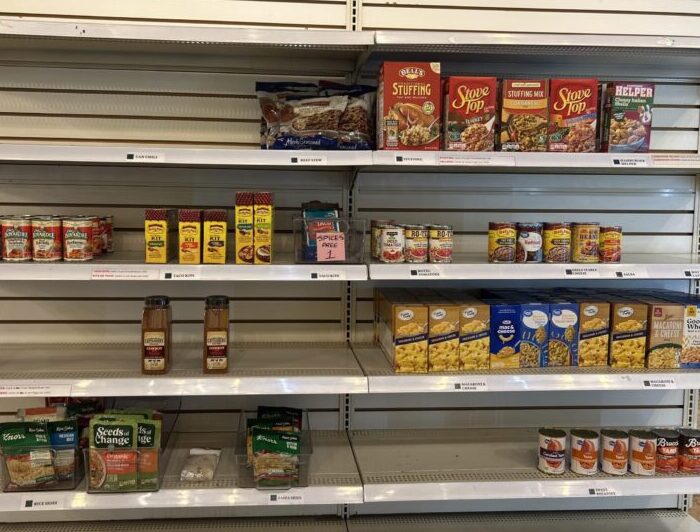Our Community is in Crisis
So many of our Beaufort and Jasper County neighbors are just one mishap away from a financial crisis.
45%
Nearly 45% of households in Beaufort County and approximately 59% in Jasper County are economically at risk earning less than $75,000 a year.
28%
In Beaufort County 28% of people who have not completed high school live below the poverty line. This number drops to 4.2% for people with a bachelor’s degree or more. In Jasper County those numbers are 28.3% and 5.5% respectively.
21,230
21,230 households in Beaufort County, and 3,700 (12.6%) households in Jasper County are food insecure.
Our Annual Report
In 2024, Bluffton Self Help continued to evolve. We met our neighbors where they were as we remained deeply committed to promoting positive growth in the lives of our neighbors. We simultaneously experienced increases in the cost of fuel, groceries, and rent, requiring creativity and strategic thinking on our part. Despite the challenges, our impact never wavered thanks to a community of generous and faithful supporters who heartily believe and invest the work we do together in our community.
Click the link below to download our most recent Community Impact Report.
